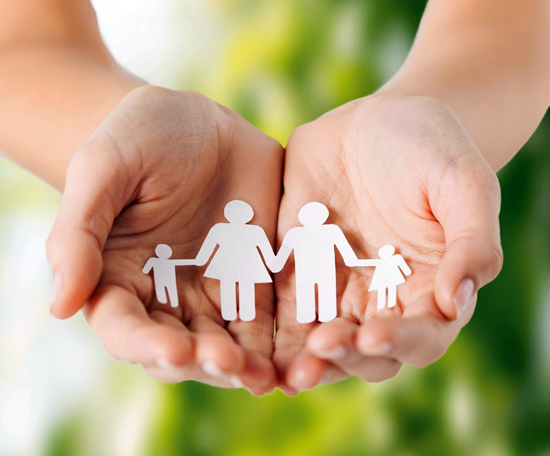Dr Richa Sharma, DrAmit Basnotra
Infertility is defined as the inability of a couple to conceive within 1 year of regular intercourse. These infertile couples can be separated into two groups.
a) Those who are unable to have baby without any treatment (i.e. absolute infertility),
b) and those with reduced fertility chances who still have a considerable chance to have baby on own naturally.
So the couples falling into the first category need to undertake the higher levels of treatment.Here comes the concept of Third Party Reproduction. It means the couple will have the baby after taking assistance of third party via assisted Reproductive techniques(ART) depending upon what kind of factor is affected-Male,female,or both.
Gamete(EGG /Sperm) and Embryo donation are one of the treatment options
Gamete and Embryo Donation
Recently we see a rise in the trend of couples seeking help of ART clinics and ART banks for egg and embryo donation services.It can be due to –
* Increased awareness
* Insight of the population
* Accessibility and approach
* Rise in infertility as such due to multiple factors like- environmental, lifestyle,mutations,
* Rising percentage of women who remain childless past the age of 40 years
* Old, a number that has sharply increased over the past 20 years.Many women aremarrying later, or are pursuing education and vocation and deliberately delaying childbearing.
* Unfortunately, there is a natural decline in fertility associated with advancing age, and many healthy women later experience difficulties as a result of normal aging.
Varied Indications
The indications for egg and embryo donation haveexpanded since its inception. To begin with it was considered as a fertility treatment for women with prematureovarian failure (POF), today women with manyother reproductive disorders are considered primecandidates for therapy
Indications for oocyte donation
* Premature ovarian failure
* Gonadal dysgenesis
* Repetitive IVF failure
* Natural menopause
* Inheritable disorders
Embryo donation
Embryo donation has become more common due to relaxed social factors and improved efficiency of cryopreservation has led to the banking of a large number of human embryos.
It is considered ameans of ‘preimplantation adoption. It can be -Fresh or frozen depending upon individual egg and sperm donor are short listed.
A programmed approach for creating embryos using donor gametes in women of advanced reproductive age is considered as a highly efficient and costeffectivemeans for establishing pregnancy.
Besides the donated embryos can beobtained(after Written informed consent and informed counseling) from couples who have successfully conceived through IVF and now wish to give their cryopreserved supernumerary embryosto clinical programs for use in infertile women.
As per an observational study it was found that couples and women who did not use frozen embryos after pregnancy with donor gametes were more likely to donate them for use in other women than women who had embryos banked following standard IVF with their own eggs.
Future prospects
The next frontier in oocyte donation may include the use of enucleated donor oocytes, which would allow recipients to use their own genetic material-Three parent Technique !!
Improvements inoocyte freezingmay soon permit ‘egg banks’ to be set up, reducing the need to synchronize patients while allowing for quarantine.
(The authors are Senior IVF consultant Mumbai and Senior Gastroentrologist Delhi)


